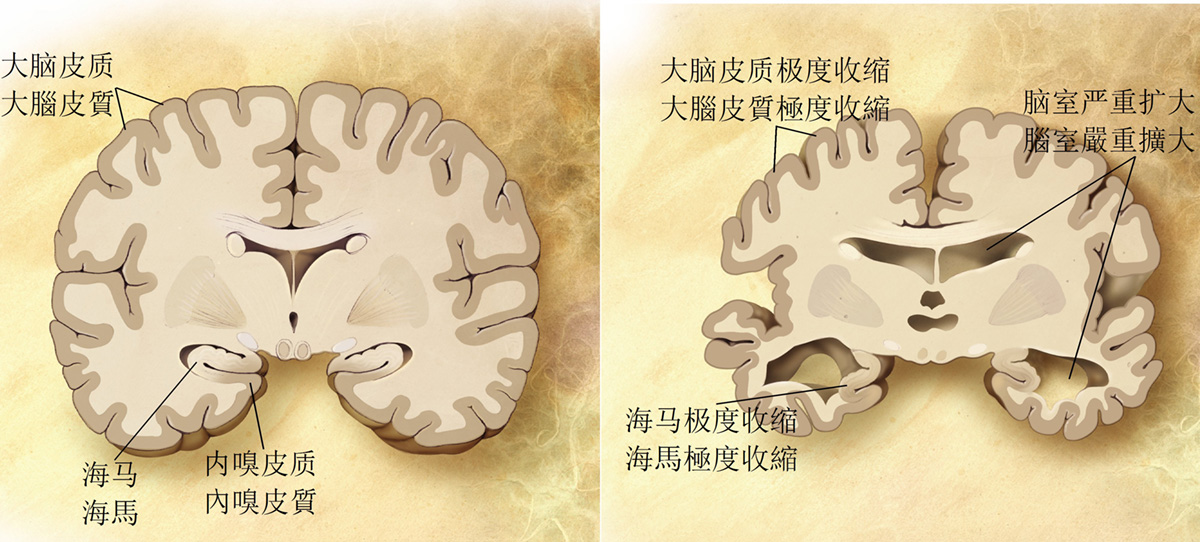
Parkinson’s Disease - Symptoms
Parkinson’s disease (PD) is a degenerative brain disorder which cancause problems with the motor skills, speech and other normal functions of thebody. This disease is characterized by rigidity and tremor of the muscles,postural problems, slowness and sometimes even loss of physical mobility.
The main problem with this disease is located in the central nervoussystem (the brain). There is a lack of neurotransmitter in the brain, called dopamine,which lead to these muscle and movement problems. Without enough dopaminepatients begin to suffer from cognitive and speech problems.
Manycases of Parkinson's disease are idiopathic (or primary), which is believed tobe caused by genetic mutations, toxins or just lack of dopamine. However, PDcan be caused by some medications, head trauma or other health issues. Thiskind of the disease is known as secondary Parkinsonism.
PDcan’t be cured, and the condition is chronic and progressive. The therapy canease some of the symptoms, but can’t do much more to stop the progression ofthe disease.
Parkinson's DiseaseTreatment
Themost common treatment for Parkinson’s disease is by medications. These drugsare designed to provide enough dopamine or to stop dopamine metabolism, whichis providing motor cortex stimulation needed to ease the symptoms of PD.
Drugsused to treat PD are: levodopa, dopamine agonists and MAO B (monoamine oxidaseB) inhibitors. The main problem with levodopa treatment is that only smallpercent of the medication can cross the blood brain barrier and enter into thebrain and be active drug there. Some medications are used to prevent peripheralmetabolism of levodopa and provide more drug available for the brain. These aremedications known as dopa decarboxylase inhibitors, benserazide and carbidopa,and they are used in combination with levodopa.
Dopamine agonist medications are bromocriptine, cabergoline,apomorphine, pramipexole, pergolide, etc.
MAO B inhibitors, such as selegiline and rasagiline can increase thelevel of available dopamine in the brain, by blocking its metabolism.
Parkinson’s disease can also be treated with Coenzyme Q 10. This enzymecan give more energy to your cells and improve your motor control. Coenzyme Q10is often combined with PD medications.
Physical therapy is another way to treat Parkinson’s disease. Patientsoften gain better muscle control and decrease the tightness and tremor of themuscles using physical therapy.
Brain surgery is the possibility for patients that don’t respond tomedications. During the surgical procedure surgeon implants the electrode inthe brain. Electrode is connected with a device attached to a patients’ chestand can be controlled, relieving some of the PD symptoms.


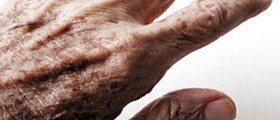




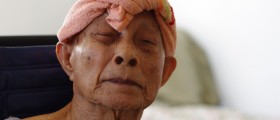

-When-You-Have-Parkinson's-Disease_f_280x120.jpg)
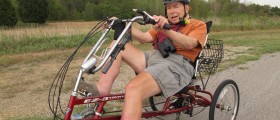


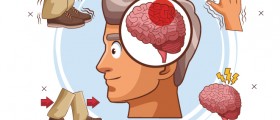



Your thoughts on this
Loading...